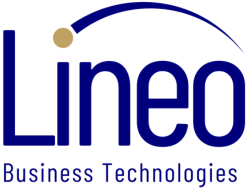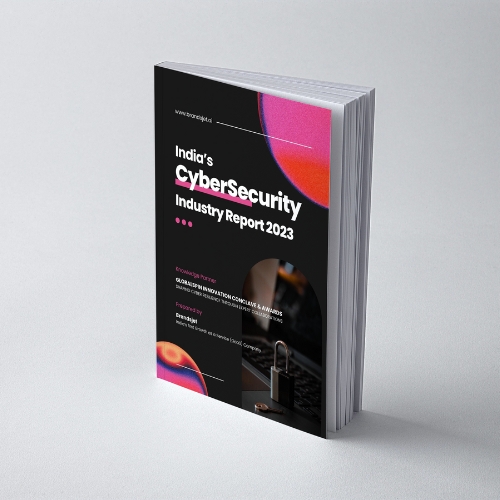Introduction
Security has an impact on everyone. There is no single subject, aim, or audience when it comes to WordPress security. However, WordPress is the most widely used CMS online. Additionally, it has been the most frequently compromised. Wordfence, for example, reported that WordPress was targeted by more than 2,800 attacks per second in 2020.
Cyberattacks are time, energy, and financial waste. Additionally, they might undermine your authority and reputation, particularly if the attacks harm visitors to your website. Although it’s impossible to estimate how many daily attacks your site may encounter, it’s critical to be aware of and knowledgeable about WordPress-specific issues in case you become a victim.
This post will discuss some of the most prevalent security and vulnerability problems with WordPress security, why they affect WordPress sites, and what you can do to prevent them.
1. Older core software
Instead of starting from scratch, employing a website-building platform has the advantage that a WordPress developer will constantly improve the platform’s functionality and security to offer a smooth user experience.
All WordPress users are urged to download these updates as soon as they are made available, either manually or automatically by turning on automatic updates. These updates frequently include enhancements, bug fixes, and remedies for more serious security flaws. Therefore, in addition to increasing security, updating your core files can also assist your site’s operation, performance, and compatibility.
The Solution
For every new version of WordPress features, automatic updates are provided. To ensure your core files are always current, you can enable those in your dashboard. If you don’t, recognized risks as well as unknown threats can attack your website.
2. An out-of-date plugin or theme
WordPress site owners have access to hundreds of custom themes and plugins created by developers to personalize their websites.
However, these extensions mandate that site owners implement the necessary security measures. As was already discussed, obsolete themes and WordPress plugins as well as out-of-date core software might put your site at risk for security issues.
The Solution
A website’s whole management should always ensure that its software inventory is up to date. Updates secure your website and enhance the security of WordPress themes. If updates become available for WordPress security plugins and themes, you can manually install them or use a plugin to do so automatically.
3. Viruses
Any malicious program is referred to as malware, which is why the word “malware” was coined. Hackers can infect genuine website files with malware or add malicious code to already existing files to steal from legitimate websites and their users. Additionally, the infection may use “backdoor” files to try an unauthorized login or generally cause trouble.
For instance, outdated and unapproved themes and plugins are the most common entry points for malware into WordPress sites.
The Solution
WordPress limits the kinds of files users can post to the media library by default. An error warning will appear and your file won’t upload if you attempt to upload a file that isn’t present. As the administrator, there are, of course, methods to get past this, but this is one measure WordPress takes to thwart malware.
4. Credit card fraud
A form of virus called credit card skimming is made to steal your customers’ credit card details. The majority of credit card skimmers use JavaScript injection to steal payment information from payment forms on checkout sites, and they are well-hidden to avoid being discovered.
Credit card skimmers take advantage of weak passwords, vulnerable software, and other avenues of access, just like the other security flaws on this list. After gaining access to your admin area, attackers disguise a malicious payload among your site’s plugins, themes, or other legitimate files to gather as many credit card credentials as possible.
The Solution
Credit card skimmers are more profitable to attackers than other forms of infestations. Therefore, as it becomes more profitable for these attackers, exploit kits are expected to become more complicated and sophisticated.
5. Unapproved Logins
Unauthorized login attempts are frequently made using “brute force.” A bot is used by the attacker to quickly iterate over billions of possible username-password combinations during a brute-force login. If they are fortunate, they might ultimately guess the correct credentials and get entry to the restricted data.
This procedure resembles the clichéd spy scene where a hacker is scrambling to enter a computer while on the point of getting apprehended.
The Solution
Brute-force hacking can be prevented by using a strong password that is difficult to crack, even with sophisticated technologies straight out of The Matrix. Although there have long been warnings against using weak, obvious passwords, many people still fail to understand them.
6. Users With Undefined Roles
There are six different user roles available when creating a WordPress site, including Subscriber and Administrator. Each job has built-in rights that permit or prevent users from performing particular tasks on your website, such as editing plugins and publishing content. The administrator is the default user role, and it has the most authority over any WordPress site.
Leaving the default settings in place can result in every user being an administrator if you have many users. While a hacker who gains access to your site will be able to make changes as an administrator, this does not necessarily imply that the people you are building a site with will damage you.
The Solution
Whatever the goal of your WordPress site may be, keep an eye on all permissions. Make sure you’ve implemented additional security measures, such as two-factor authentication or lengthier passwords if you’re the only administrator of your website. Make sure you only grant others the appropriate permissions when assigning responsibilities.
Concluding Thought
Everyone is aware of how frightening the internet can be. Although it may seem overwhelming, it’s crucial to comprehend the potential risks and hazards that can occasionally make the internet frightening. If you’ve taken the effort to build a unique, content-rich website using WordPress, it’s very crucial.
One of the best methods to secure your online presence, safeguard the expansion of your organization, and win your client’s trust is to stay aware of cybersecurity. We at Lineo can help you with all the security solutions and issues faced by WordPress websites. We make sure that our client gets the best and most secure WordPress websites. Connect with us at Lineo. agency and we are there to assist you with all your digital needs.




